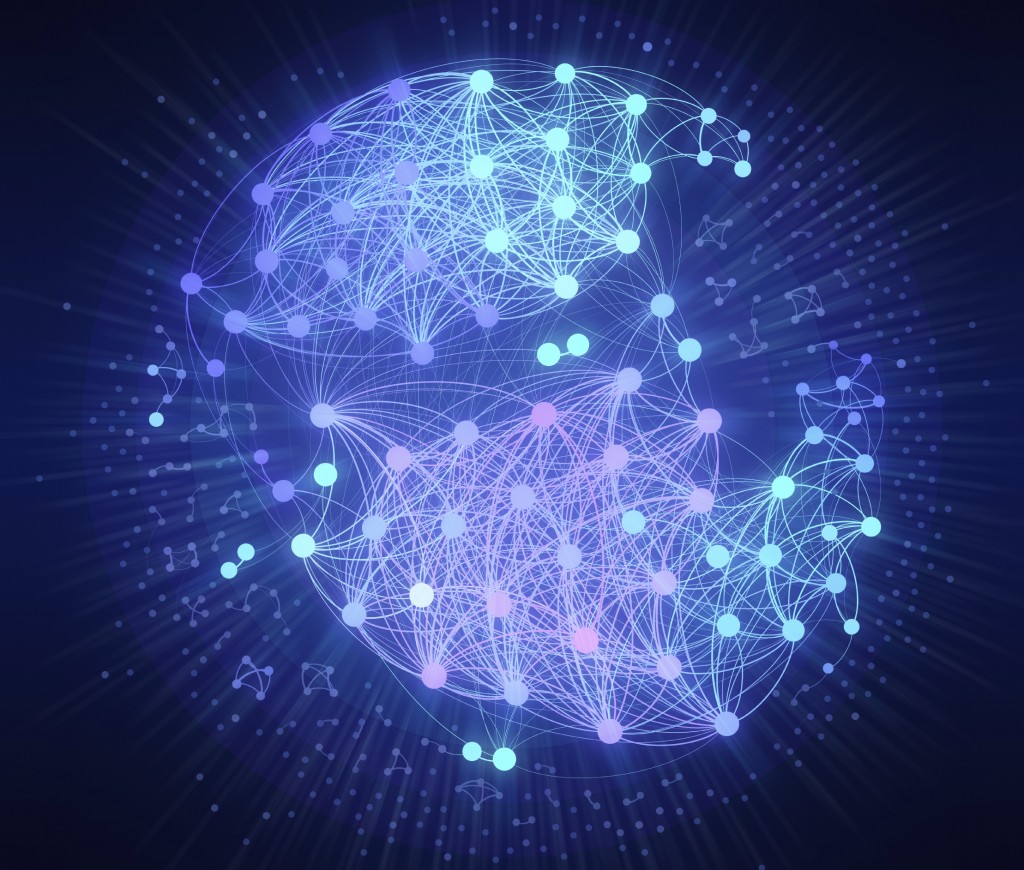This blog post is an excerpt from GovLoop’s recent guide, Forecasting the Cloud: Eight Ways the Technology is Changing Government. To download the full guide, head here.
Cloud computing is not a new idea in the world of government IT. But Cisco believes there is a new future opportunity of cloud computing – and for them, it’s all about an innovative concept of convergence and an interconnected cloud.
GovLoop sat down with Mike Younkers, Director, U.S. Federal Systems Engineering at Cisco, to learn more about why the future opportunity for cloud computing is connecting it with mobile, big data and social environments.
Younkers explained that currently, the way much of cloud computing operates is in distinct silos – silos that lock end users into a single public cloud provider.
“That ends up meaning there’s challenges with making connections and moving workloads back and forth,” Younkers explained. “We believe that those clouds should be able to connect freely between one another, regardless of whether they’re public or private. And so we’ve come forward with the intercloud fabric – our technology that allows these various clouds, wherever they are, to be connected in a transparent, secure, and reliable way.”
But for Cisco, this conversation goes beyond just cloud computing – way beyond.
“We talk about the cloud and technologies that connect cloud together, and that’s important,” said Younkers. “But it’s not sufficient. We’re not telling the bigger picture. And what the bigger picture is about is the convergence of some very large technology areas.”
The big picture, to Younkers and Cisco, is all about the synergy that’s created as organizations connect their mobility, cloud and big data environment – a synergy that transforms government.
“The cloud is an enabler,” explained Younkers. “As things come together, the convergence of social media, mobility, and cloud, we can do some interesting and powerful things. So cloud for cloud’s sake is just infrastructure. But the services we can provide to constituents, when we start to bring in the ability to let people access data from wherever they are, that’s the mobility side.”
To illustrate his concept, Younkers shared a recent example from the Smithsonian Institute’s National Zoo in Washington, D.C.
In 2012, there were more than 30 million visitors to Smithsonian museums and the National Zoo, more than 100 million website visitors, and more than 8 million digitized records available online. The Zoo’s Panda Cam alone received more than 1 million clicks by people watching the new baby panda. Between museum visitors sending pictures via the Wi-Fi network, 7,000 employees sharing large files via email, researchers transferring digital images, and Panda Cam watchers, the Institution’s network was under tremendous strain.
“They faced a problem of convergence,” explained Younkers. “They’re serving connectivity to their users, who are posting images and experiences on social media. At the same time you have researchers that are using the data that the Smithsonian has, and now we’re starting to see a big data problem emerge. You have various people doing research from literally around the world, on lots of different types of devices, because they have access to it through various mobility techniques.”
Cisco came in to solve the Smithsonian’s issues with a new network that had better than 99.999 percent availability and reduced latency from more than 20 milliseconds to less than 20 microseconds – a 1,000-fold improvement.
To Younkers, this example showcased why the convergence of mobile, big data and social environments is so important and transformative to government.
“The government is really focused on finding ways to communicate with its constituency,” said Younkers. “Providing services is key. With mobility we’re able to put these services in the hands of the constituent. Through a mobile device we communicate differently and have a more transparent reach.”
“Next, I’d want to push my resources using various apps closer to my constituents,” Younkers continued. “And that’s the power of the cloud, because now with the cloud, I can distribute resources in a way that gives a better experience to my end customer.”
But just pushing compute resources out, and putting the app in the hands of the user isn’t enough, said Younkers, because it doesn’t change the user experience unless they’re able to do something useful with it.
“This is where the idea of big data comes along,” said Younkers, “because now when I have the compute power and app where I need it, I can analyze whatever it is that I’m doing and receive valuable real time intelligence to make better decisions.”
Added Younkers, “I really believe this is how you can see these three trends coming together. Government is able to provide better service to its citizens.”
